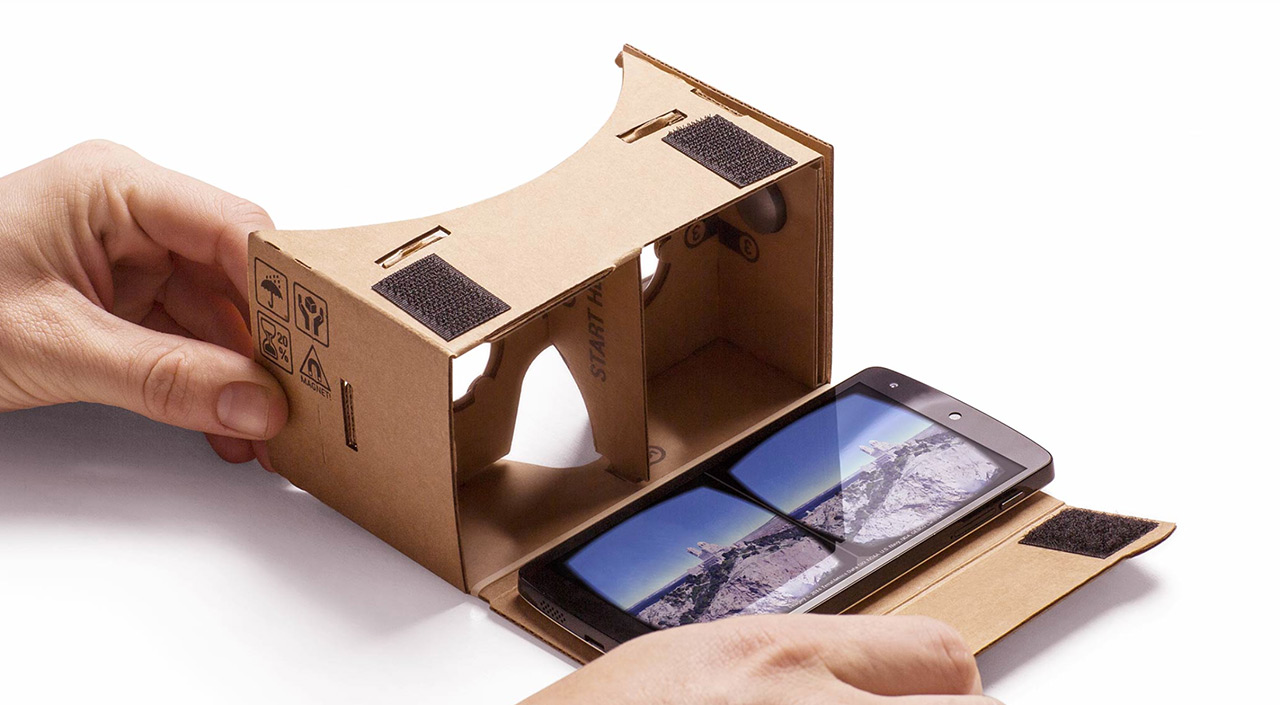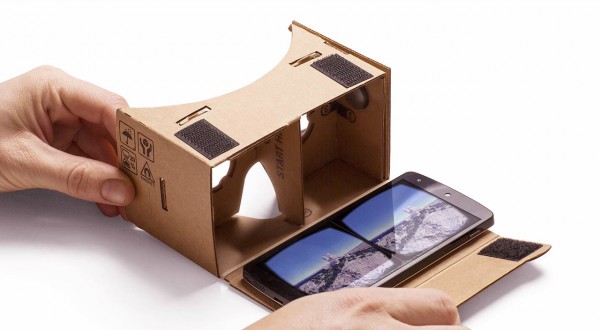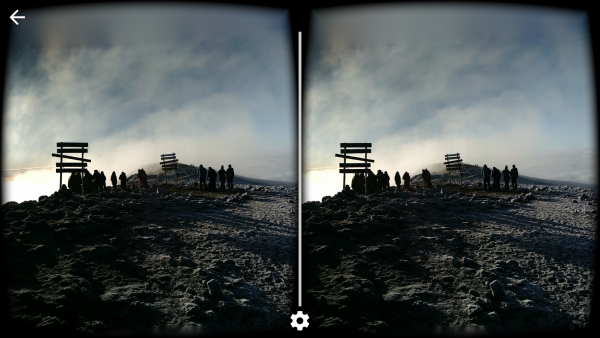Google’s VR division announced that it will be updating the SDK of the Cardboard VR platform to enable developers to include spatial audio (3D audio) in their apps. This will enable consumers to be further immersed in the VR experience produced by their smartphones.
Spatial audio isn’t something new to consumers. It has already been widely implemented in videos as well as music. This is done by alternating the generated sounds on the speakers or headphones to be played from the left and right of the audio device separately. By doing this, the generated audio will have what’s commonly known as “surround sound”. However, the audio that is produced is not influenced by the users movements, which of course, defeats the purpose of having a full virtual reality experience. Here’s where Google comes in.
According to Google, its new Cardboard SDK combines the users’ movement with the generated virtual sounds. This means that sounds will appear more true to life than ever before. In addition to that, the SDK will also reduce the high frequency elements of the audio and allow developers to emulate the size and material of the produced virtual sounds. For example, sounds produced in a tight space will sound different to those produced in a large environment like an empty hall. All one needs to experience spatial audio on the Google Cardboard is: a pair of earphones.
Interestingly, Google has mentioned that spatial audio will not have a huge impact on the performance of the mobile CPU. Google explains that this is possible since audio-related tasks are computed in a different processing thread and it does not utilise the primary CPU. The primary CPU is used to execute and run mobile apps instead. In addition to that, developers can choose to utilise the Cardboard SDK across Android, iOS, Windows as well as OS X to emulate spatial audio.
(Source: Google Developers Blog)
Follow us on Instagram, Facebook, Twitter or Telegram for more updates and breaking news.





